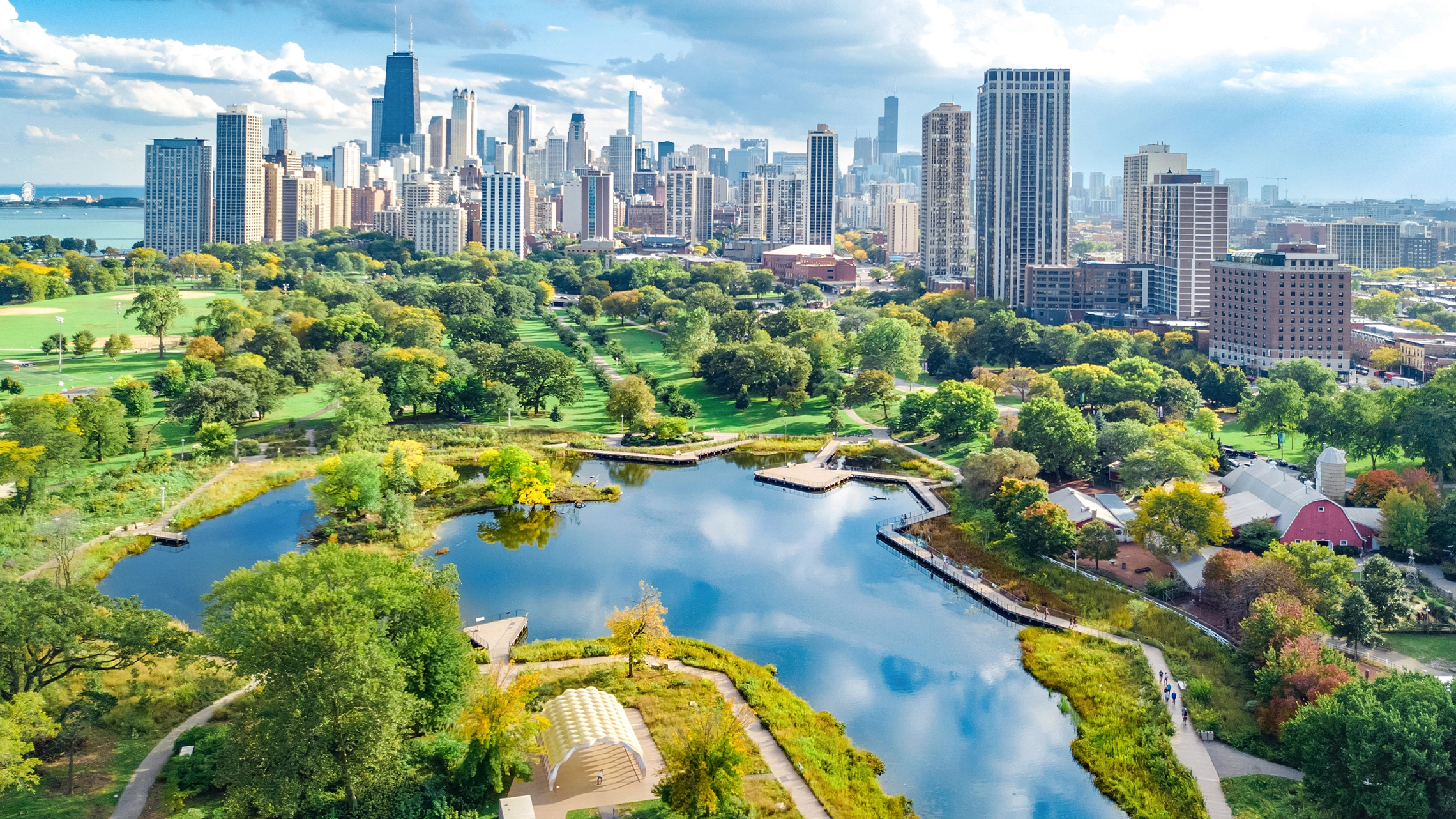Nature-Based Solutions (SBN) have gained prominence in debates about urban sustainability – and with good reason. These solutions represent an innovative approach to face the environmental challenges of cities, using nature itself as an ally to create effective and sustainable solutions.
SBN are solutions inspired by natural ecological processes that seek to mimic the way nature works, to create more resilient and balanced systems. Among the various existing solutions, we can mention the use of plants and trees to purify the air and water, the use of green areas to reduce noise pollution and the reduction of the effect of heat islands. The importance of SBN for cities is enormous, as they can help solve pressing environmental problems and promote the well-being of the people who live in them. Air pollution, water scarcity, loss of biodiversity, climate change and lack of green areas are just some of the problems that SBN can help solve.
The Effects of Nature-Based Solutions on the Urban Microclimate
Urban centers are known for their hot, muggy climate, with temperatures higher than surrounding rural areas. This phenomenon, known as Urban Heat Islands (ICU), is mainly caused by the lack of green areas, asphalt and concrete that absorb and retain heat. However, Nature-Based Solutions can help mitigate this effect and improve the urban microclimate.
SBN, such as the creation of green areas, filtering gardens and green roofs, help to reduce the temperature of the city. Plants, for example, evaporate water during the process of photosynthesis, which creates a cooling effect in the environment. In addition, green areas absorb part of the heat that would be absorbed by asphalt and buildings, which reduces the effect of heat islands.
Another benefit of SBN is the reduction of wind. In urban environments, open areas such as streets and squares create strong and turbulent air currents. Green areas with trees and shrubs help to reduce wind speed, which can make the environment more pleasant and comfortable, in addition to helping to improve air quality. Vegetation removes pollutants from the air through photosynthesis and absorption by foliage acting as natural filters, reducing dust and other airborne contaminants.
The Filtering Gardens: the Union of Nature and Environmental Education
The Filtrating Gardens are a natural and sustainable alternative for wastewater treatment, and are also a public space of scenic beauty and biodiversity. They work as a water purification system, using plants and specific substrates that filter and remove impurities from the water, transforming it into a clean and reusable resource. In addition, the Filtering Gardens can serve as an important tool for environmental awareness and education of the population.
Located in public parks and urban green areas, Filtering Gardens are designed to integrate local fauna and flora, providing a habitat for animal and plant species. In order to create an educational environment, these public spaces have information boards, trails and educational activities that explain the water treatment process and the role of plants in purifying the environment.
The integration of Filtering Gardens into public areas is a creative solution to the problems of lack of clean water and lack of green spaces in cities. In addition, they help restore the local ecosystem, which is often damaged by human activities and disorderly urbanization. The installation of these gardens in public parks also promotes sustainability and environmental responsibility, making the population realize the importance of caring for the environment.
The Filtering Gardens have a great impact on environmental awareness and education of the population. When visiting these public spaces, people have the opportunity to learn about the importance of preserving nature, the importance of conscious use of water and how we can contribute to building a healthier and more balanced environment.
In short, Filtering Gardens are an innovative and effective solution for wastewater treatment and restoration of urban ecosystems. In addition, they are an important tool for environmental education, awareness and environmental responsibility of the population. Therefore, it is essential that more projects like this are implemented in public areas, contributing to the construction of a more sustainable and balanced future.




